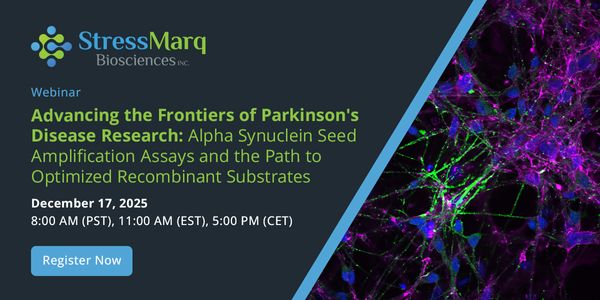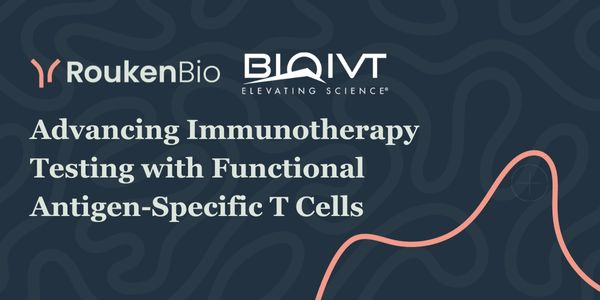
-
Grady Carlson, PhD
Technical Application Scientist, Akoya Biosciences, Inc.BIOGRAPHY -
Linden Wyatt, PhD
Field Applications Scientist, Quantitative Pathology Solutions, PerkinElmerBIOGRAPHY
DATE: October 11, 2018
TIME: 8:00AM PDT, 11:00AM EDT, 4:00PM BST, 5:00PM CEST
Simultaneous quantitation of 6 or more biomarkers in intact tissue specimens holds the key to many questions concerning the biological basis of health and disease by allowing complex cellular interactions to be captured and analyzed. However, reliable detection remains elusive due to technical challenges from many sources, including antibody cross reactivity, difficulty in balancing signals from rare and abundant targets, tissue autofluorescence and interference between fluorophores, especially for co-localized targets.
In this webinar application scientists from PerkinElmer will present a practical and validated method for highly multiplexed tissue biomarker analysis that addresses many of these challenges. Opal™ staining is an antibody-agnostic technique, which produces highly specific and reproducible results and when combined with multispectral imaging systems, such as Vectra®, is able to detect eight or more biomarkers simultaneously in one tissue section. Simultaneous detection of multiple antigens on a single tissue with multispectral imaging and analysis reveals spatial relationships between cells with the resolution needed for high-precision proximity analysis and detection of intracellular localization of targeted antigens. By elucidating the relationships between cells, Opal staining allows you to see intercellular relationships in context of the microenvironment.
Learning Objectives:
- How to overcome key challenges inherent in multiplex biomarker analysis
- Practical and validated approaches to multiplex IHC staining
-
Why multispectral imaging is important for generating high quality data
-
Methods for analyzing relationships between cells
Please update your information
Certificate of Participation
DOWNLOAD CERTIFICATE







